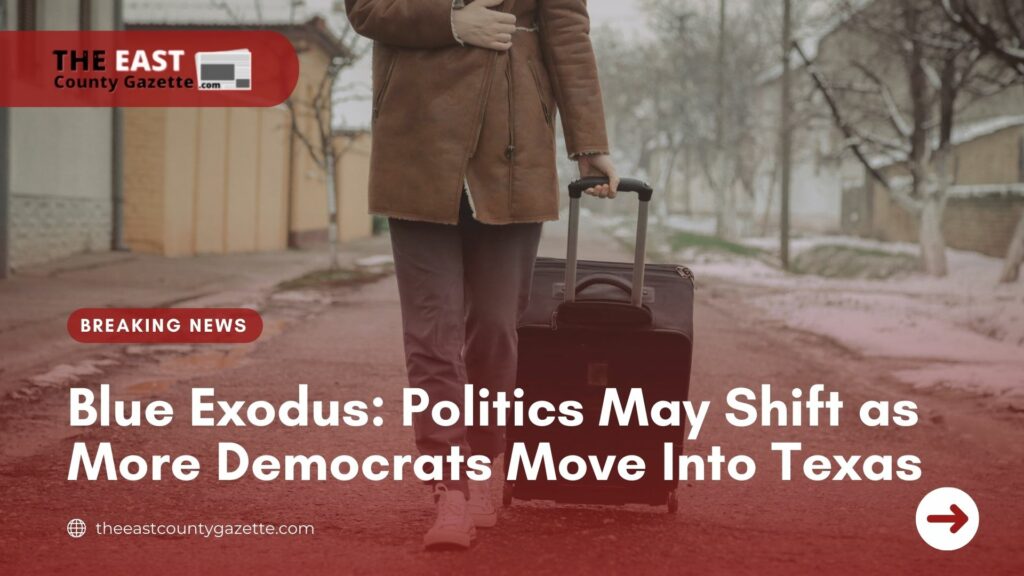Large cities in the United States are currently experiencing a mass migration– with millions of urban dwellers starting to seek life in other states. Big cities like Los Angeles’ population either became smaller or grew stagnant as residents went out of the state to move.
Texas, one of the biggest Republican states in the nation, is one of the states experiencing the bulk of this move. According to the Texas Relocation Report 2021, more than 500,000 people relocated to the state in 2019.
It is the 7th year in a row that the state has seen a 500,000 plus inflow of residents. Most of the Texas movers are from California and Florida. The U.S. Census Bureau data says that more than 687,000 Californians have moved to Texas over the last decade.
Recommended Read: “Purely Manufactured,” says DeSantis Dispelling Rumors of 2024 Presidential Bid.
Residents are reportedly concerned about how mass migration could affect the state. Apart from concerns in housing, Texans also look to price hikes that would be affected by more people moving into the state, as well as lack of employment benefits and low income for workers.
Could price hikes and living conditions be the real concern for the migration?
In a story published in The Atlantic in 2019, it was explained how Democrats have been losing elections despite relative popularity among voters. To quote,
“Liberals in America have a density problem. Across the country, Democrats dominate in cities, racking up excessive margins in urban cores while narrowly losing in suburban districts and sparser states.
Recommended Read: Permanent Boost of SNAP Benefits to be Seen in October.
Because of their uneven distribution of votes, the party consistently loses federal elections despite winning the popular vote (…) if more white rural families join liberal transplants and nonwhite families in America’s diverse southern suburbs, Americans might discover, through the sheer fact of neighborly proximity, a less vitriolic and more optimistic political future.”
But now, with more Democrats moving into Texas and other major Republican areas, could these Red states eventually turn Blue?
According to a recent Penn State report, these migration patterns could definitely be a sign of the growing political divide in America.
“It’s a geographic form of polarization,” Bruce Desmarais, an associate director of the Center for Social Analytics at Penn State said. “It’s a phenomenon that political scientists refer to as the ‘hollowing out of the political center.’
Recommended Read: Inappropriate Chants Against US President Joe Biden Displayed in Football Games Across the Country.
Forty years ago, you could find many moderate Democrats and moderate Republicans in Congress. You don’t find that now—and we’re also seeing this dynamic in these migration patterns.”
Although these may be possible, Texas may not let up that quickly. About a week ago, Texas passed tough voting restrictions, promoting an anti-democratic hold on power. Even if the state’s population becomes younger, more diverse, and more Democratic, power remains concentrated in the hands of politicians who represent constituencies that are whiter, older, more rural, and more conservative than the state as a whole.

